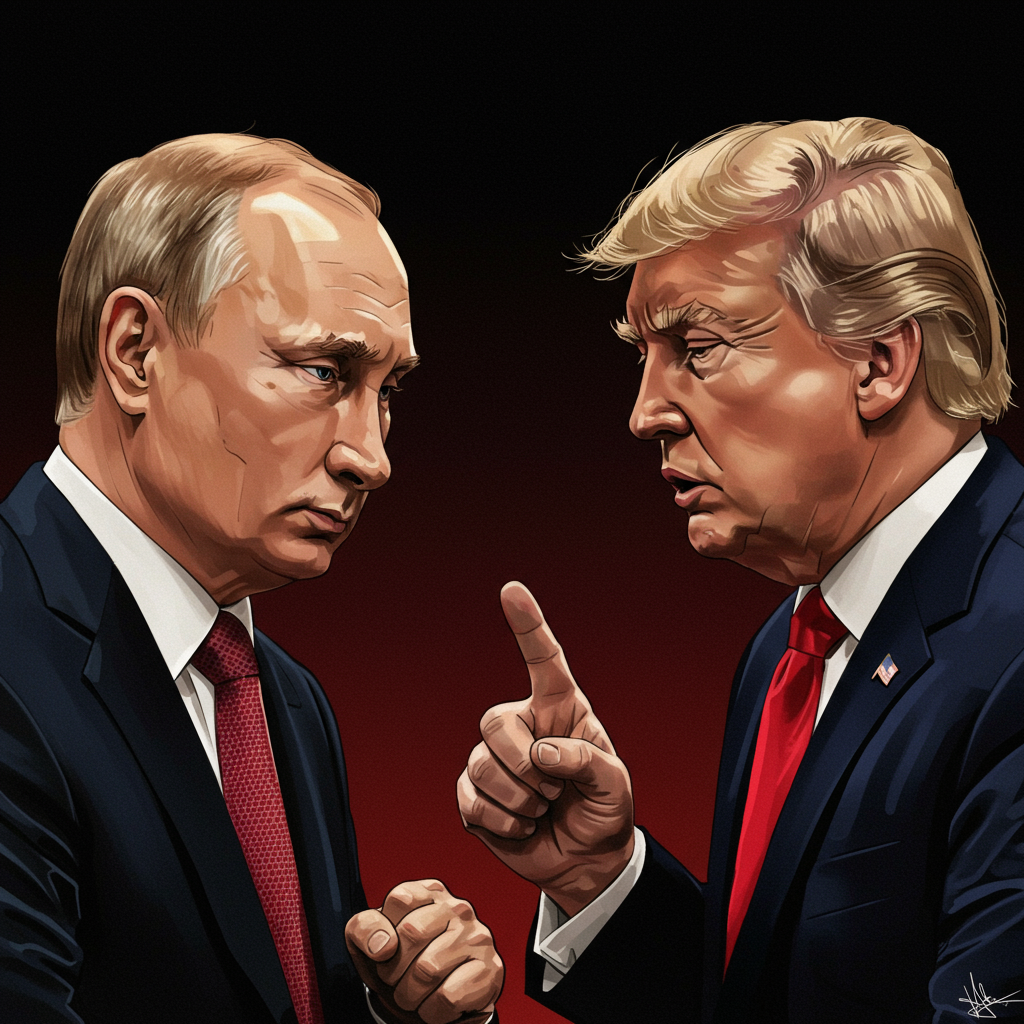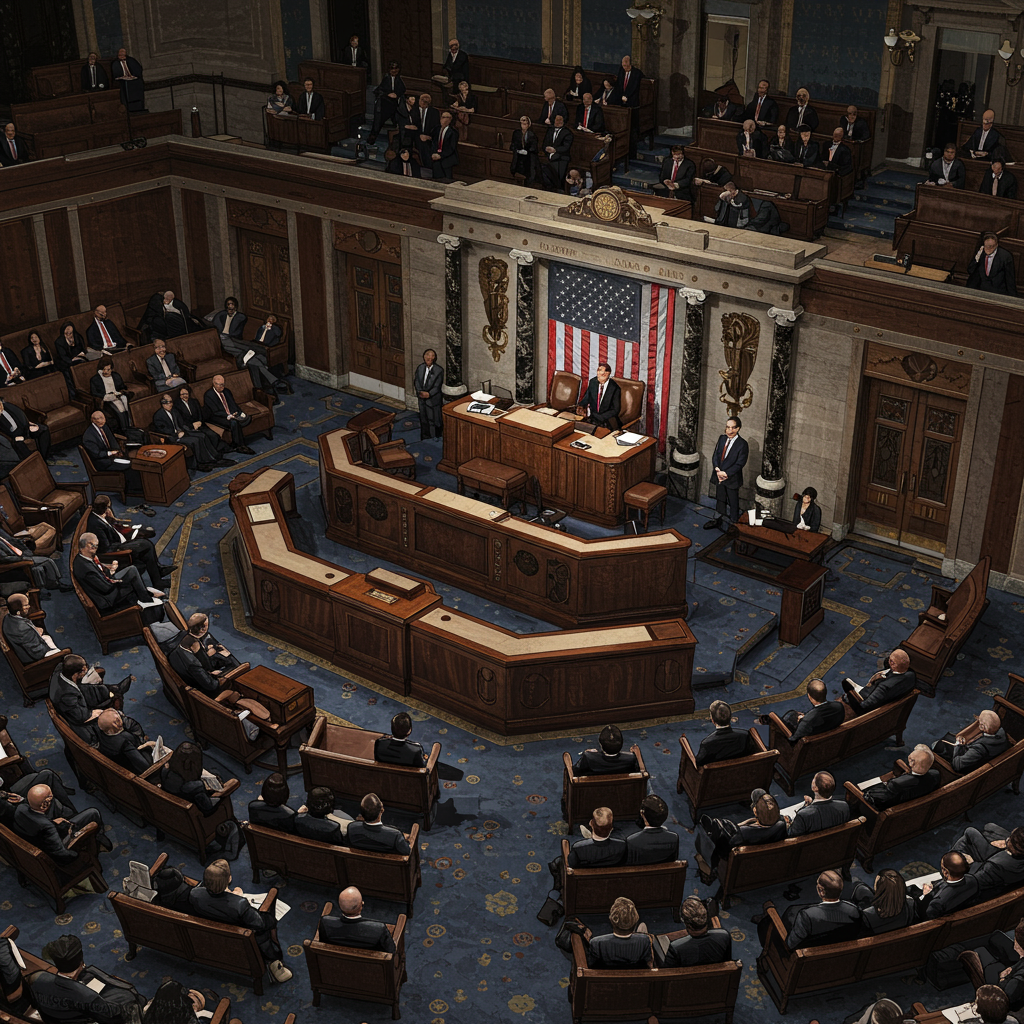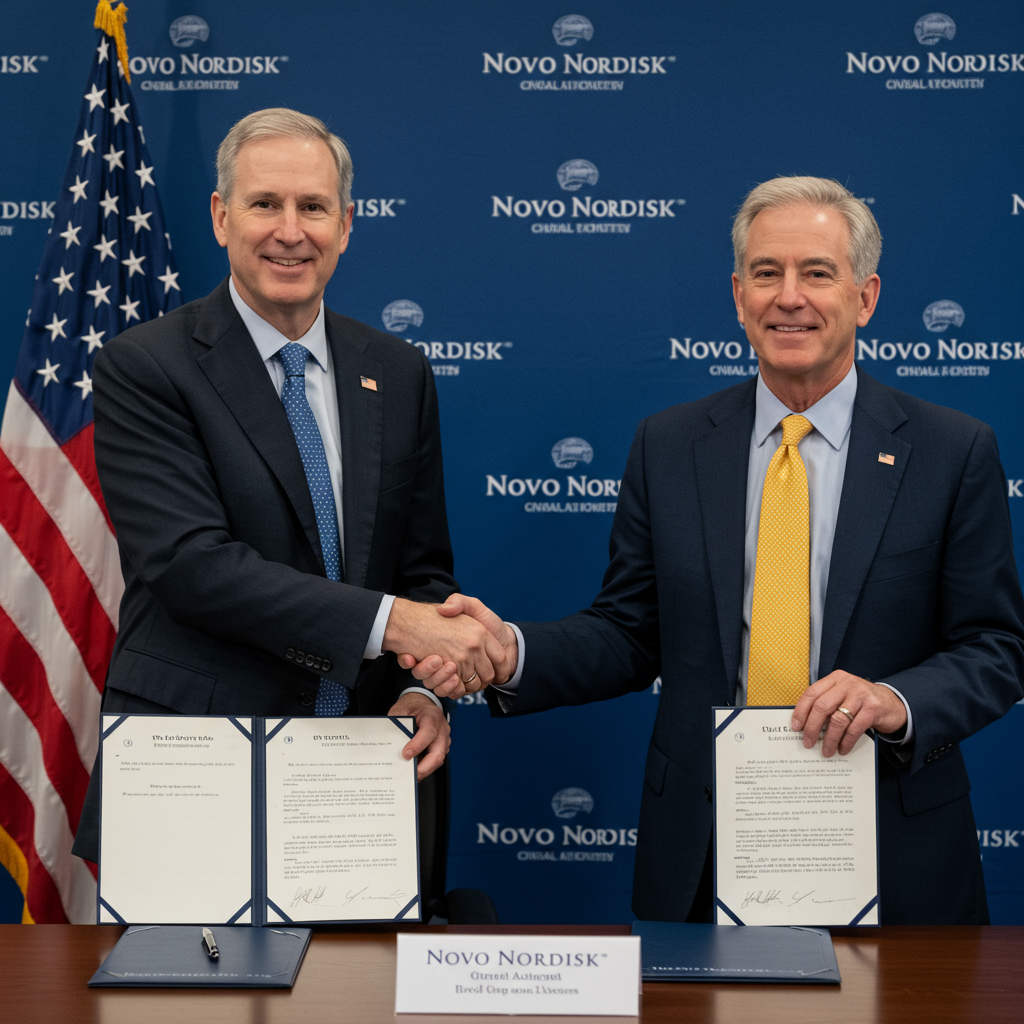The period of the Trump administration brought a complex and often unpredictable dynamic to global geopolitics, particularly concerning the relationship between the United States and Russia. Many observers, referencing moments like the premise of a key encounter in a strategic location such as Anchorage, pondered how Russia seemingly advanced its geopolitical objectives with an unwavering “no concessions, no ceasefire” approach. This article delves into the core tenets of Russia’s strategy during these years, analyzing how Moscow navigated and, in some interpretations, effectively gained leverage within this unique diplomatic landscape. Understanding these dynamics is crucial for grasping contemporary international relations and shaping future foreign policy.
The Shifting Sands of Diplomacy
During the Trump presidency, the traditional framework of US-Russia relations faced unprecedented challenges and opportunities. While specific high-level meetings garnered significant media attention, the underlying strategic dance between Washington and Moscow unfolded on multiple fronts. Russia, under President Vladimir Putin, consistently demonstrated a long-term, patient approach, often appearing to capitalize on diplomatic vacuums or perceived inconsistencies in Western policy. This era saw Moscow maintaining a firm stance on core interests, rarely signaling willingness for significant compromise on issues it deemed vital to its national security or influence.
Redefining Engagement Parameters: Russia’s Firm Stance
Russia’s diplomatic strategy during the Trump years was characterized by a clear, unyielding position on its key red lines. Far from seeking a comprehensive “reset” that involved major concessions, Moscow seemed intent on reaffirming its status as a major global power. This involved asserting its interests in regions like Eastern Europe, the Middle East, and the Arctic, often through a combination of diplomatic maneuvers, military posturing, and informational campaigns. The perception of a transactional US foreign policy under Trump allowed Russia to test boundaries and, at times, solidify its spheres of influence without encountering unified, sustained opposition from the West.
The Art of Asymmetric Leverage: How Moscow Exploited Vulnerabilities
A hallmark of Russia’s approach was its adept use of asymmetric leverage. Recognizing the inherent differences in political systems, economic structures, and strategic priorities between Russia and the West, Moscow often exploited perceived vulnerabilities. This included leveraging its energy resources, its veto power on the UN Security Council, and its advanced capabilities in cyber warfare and disinformation. By identifying fissures within Western alliances and capitalizing on internal political debates, Russia could subtly, yet effectively, advance its agenda without direct military confrontation. This strategic cunning became a significant factor in shaping the era’s geopolitical outcomes.
Key Strategic Pillars of Russia’s Approach
Russia’s perceived successes were not accidental but rather the result of a meticulously executed long-term strategy built on several consistent pillars. These tenets informed Moscow’s reactions to global events and its proactive diplomatic engagements, often allowing it to maintain the initiative despite economic sanctions or international condemnation.
Information Warfare and Narrative Control: Shaping Global Perceptions
A crucial component of Russia’s strategy involved sophisticated information warfare and narrative control. From state-sponsored media outlets to the amplification of divisive social media content, Moscow worked diligently to shape global perceptions. This often involved sowing distrust in democratic institutions, undermining the credibility of traditional media, and promoting narratives that aligned with Russian interests. By creating an alternative information ecosystem, Russia could muddy geopolitical waters, complicate international consensus against its actions, and even polarize public opinion in adversary nations.
Calculated Patience and Opportunism: Waiting for the Right Moment
Unlike some Western powers driven by electoral cycles or immediate policy objectives, Russia demonstrated calculated patience and strategic opportunism. It often waited for moments of internal disarray or external distraction within its geopolitical rivals to make its moves. Whether it was the withdrawal from international agreements, internal political crises, or shifts in global alliances, Moscow proved adept at identifying and seizing windows of opportunity. This long-term perspective allowed Russia to absorb short-term setbacks while steadily working towards its broader strategic goals.
Exploiting Domestic Divisions: Undermining Unity Abroad
A significant part of Russia’s observed strategy involved identifying and exploiting domestic divisions within Western nations. This could manifest as support for populist movements, amplification of extremist viewpoints, or interference in democratic processes. The goal was often to weaken internal cohesion, making it harder for these nations to project a unified foreign policy stance. By creating internal friction, Russia could reduce the effectiveness of collective responses to its actions, thereby securing a strategic advantage on the international stage.
Analyzing the Perceived “Wins”
The narrative of Russia “outplaying” the US during the Trump administration stemmed from several observable shifts in global power dynamics. While interpretations vary, certain outcomes were widely perceived as advantageous to Moscow.
Eroding Western Alliances: NATO and EU Impact
One of the most significant perceived gains for Russia was the straining of Western alliances, particularly NATO and the European Union. Rhetoric from the Trump administration that questioned the value of long-standing alliances and threatened trade wars created cracks within these blocs. Russia, in turn, often sought to deepen these fissures through bilateral engagements with individual European nations, offering energy deals or diplomatic overtures. This weakening of collective security structures arguably reduced the unified front against Russian aggression, offering Moscow greater diplomatic maneuverability.
Advancing Influence in Conflict Zones: Syria, Ukraine Implications
In key conflict zones, Russia appeared to solidify or expand its influence. In Syria, for instance, Russia’s military intervention and diplomatic efforts cemented its role as a primary power broker in the Middle East, often at the perceived expense of US objectives. Similarly, while international sanctions remained, Russia continued to exert significant influence over the conflict in Ukraine, effectively maintaining its strategic position in the Donbas region. These outcomes underscored Russia’s unwavering commitment to its strategic interests, regardless of international pressure.
Soft Power and Diplomatic Maneuvers: Beyond Direct Confrontation
Beyond military or cyber actions, Russia also engaged in sophisticated soft power initiatives and proactive diplomatic maneuvers. This included cultivating relationships with non-Western powers, offering alternative economic partnerships, and presenting itself as a stable, reliable partner in contrast to what it often portrayed as the unpredictable foreign policy of the US. By consistently engaging on multiple diplomatic fronts, Russia ensured its voice was heard and its interests advanced, even in the absence of direct, high-profile summits.
Lessons for Future US Foreign Policy
The complex interactions of the Trump era provide invaluable lessons for future US foreign policy and international relations. Recognizing the strategic depth of adversaries and understanding the evolving nature of global power dynamics is paramount.
Understanding Adversary Motives: Beyond the Surface
A critical takeaway is the need for a deeper, more nuanced understanding of adversary motives and long-term strategic goals. Russia’s actions, whether in cyberspace, diplomatic arenas, or military interventions, are often part of a coherent, patient strategy. Future administrations must look beyond immediate tactical moves to grasp the broader geopolitical chess game being played, anticipating future actions rather than merely reacting to past ones.
Rebuilding Cohesion: Strengthening Alliances
Perhaps the most vital lesson is the indispensable role of strong, cohesive alliances. The erosion of trust within Western blocs arguably created openings for rivals to exploit. Reinvesting in diplomatic relationships, reaffirming mutual commitments, and presenting a united front on key geopolitical issues are essential for countering assertive foreign policies from actors like Russia. Collective security and economic cooperation remain potent tools for maintaining global stability and protecting shared democratic values.
Frequently Asked Questions
What were the core elements of Russia’s diplomatic strategy during the Trump era?
Russia’s strategy during the Trump administration focused on consistent, unyielding assertion of its national interests, embodying a “no concessions, no ceasefire” stance. Key elements included leveraging asymmetric advantages (like energy and cyber capabilities), sophisticated information warfare to control narratives, and calculated patience to exploit diplomatic opportunities. Moscow prioritized reaffirming its global power status and subtly undermining Western unity to advance its geopolitical aims.
How did Russia seemingly gain geopolitical advantages during this period?
Russia appeared to gain advantages by capitalizing on perceived shifts in US foreign policy and internal divisions within Western alliances. This included strengthening its influence in conflict zones like Syria and Ukraine, while the collective Western front against its actions seemingly weakened. Through astute diplomatic maneuvers and soft power initiatives, Russia cultivated alternative partnerships and narratives, ultimately enhancing its global standing and reducing the impact of international pressure.
What critical lessons can US foreign policy draw from the Trump-era interactions with Russia?
The interactions of the Trump era underscore several critical lessons for US foreign policy. It highlights the importance of deeply understanding long-term adversary motives rather than merely reacting to short-term events. Crucially, it emphasizes the indispensable need to rebuild and strengthen traditional alliances. A cohesive Western front, built on shared values and mutual trust, is seen as the most effective counter to assertive geopolitical strategies and for maintaining international stability.
In conclusion, the strategic interactions between the US and Russia during the Trump administration offer a compelling case study in modern geopolitics. While the “outplaying” narrative may be debated, the period undeniably showcased Russia’s unwavering commitment to its strategic objectives and its adeptness at navigating a changing global order. For policymakers, understanding this era is not just an academic exercise but a practical imperative for navigating the complex challenges of tomorrow’s international landscape.



